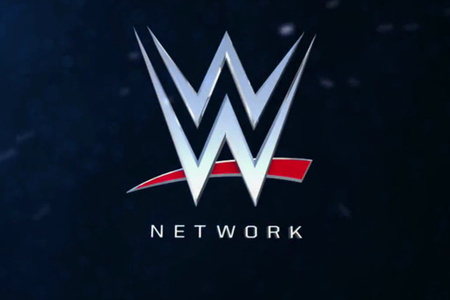Marc Graser, Senior Editor (@marcgraser)
Variety.com writer
WWE is celebrating the first anniversary of its WWE Network, a streaming service that was a big gamble for the company but is starting to pay off.
Within the first 11 months, the company signed up more than 1 million subscribers who are paying $9.99 a month to access WWE’s monthly pay-per-views, a library that includes years of episodes of TV shows like “Raw” and “SmackDown,” online only franchises like “NXT,” and a growing slate of original series.
Getting there wasn’t easy. The company was hit by criticism that it would hurt its bottomline with the service, considering it was previously charging around $50 or more for each of its 12 PPVs, including “WrestleMania,” through cable and satellite providers. WWE also was one of the first major entertainment players to go directly to its fanbase with an over-the-top offering, the sort ofproduct that the NFL, HBO and CBS has also launched or plan to as a way to appeal to cord-cutters. Disney also has discussed similar plans for ESPN.
One year later, WWE’s executives have some takeaways from their network’s launch on Feb. 24, 2014 — lessons that could benefit other players looking to enter the OTT streaming business.
1. Don’t be afraid of the long, dark hallway.
In a reference to a line the late David Carr wrote in a New York Times column, WWE notes a playbook didn’t exist for its plans to go direct-to-consumer with the WWE Network, but that it didn’t need to be afraid to try something new.
“We kept being told how hard it is for incumbents to innovate because they make so much money in their current business models,” George Barrios, WWE’s chief strategy and financial officer, told Variety. “For any legacy business under the threat of disruption, the challenge is to get from one room with all the profit to another room where so many innovators are setting up shop. For us, what really crystallized (the decision to launch the network) was the courage you need to stick to your convictions and push through. That’s what makes people successful: the willingness and ability to navigate the scary hallway.”
2. Content distribution is a balancing act.
While the concept of going direct-to-consumer may put more financial control — and ownership — into the hands of a content producer, companies still need partners to launch a successful service, while keeping its existing distribution deals in mind, WWE stressed. “Direct-to-consumer is the future but you can’t sacrifice your existing deals,” said Michelle Wilson, WWE’s chief revenue and marketing officer.
“Direct-to-consumer should not come at the expense of other models,” Wilson added. “We are very keen on making sure our content that goes (to NBCU’s USA Network and Syfy, for example) delivers a certain value. We enjoy our partnership with NBCU. We nurture that partnership very delicately.”
The same is true for WWE’s existing PPV partners, where there are still fans that want to buy the events, like “WrestleMania,” on cable and satellite. “We worked hard to maintain those relationships so (fans) still have the choice to buy on pay-per-view platforms,” Wilson said.
The network launched on around a dozen platforms, and is available on Samsung and Sony smart TVs, Microsoft’s Xbox videogame consoles, Sony’s PlayStation gaming devices, Amazon Fire TV, Apple TV, and Roku boxes. It’s now on 13 total.
“We’re going to continue to be very aggressive and be wherever people are,” Wilson said. But in some countries where the WWE Network has rolled out, WWE didn’t have a choice but to remain with traditional platforms. In Canada, the WWE Network is offered via Rogers Communications. In the Middle East, it’s available through pay-TV service OSN. “We didn’t approach this as OTT is the only model,” Wilson said.
WWE also needed to be nimble when it comes to pricing the service.
A six-month commitment for the first subscribers ended up being changed to a per-month structure when fans objected. But in order to sign up even more subscribers, WWE found it needed to get the service in front of more viewers — and did so by giving away the network for free, during periods when PPVs were being offered.
“Sampling and free is the best marketing tool there is,” Wilson said. “It wasn’t an easy conversation to have with (WWE chairman Vince McMahon). To tell him we need to give away a pay-per-view took some convincing. But just because we talk about (the network), doesn’t mean the fans know what it is. Fans don’t necessarily understand what it is or how it works.”
Read the rest of the article here!
